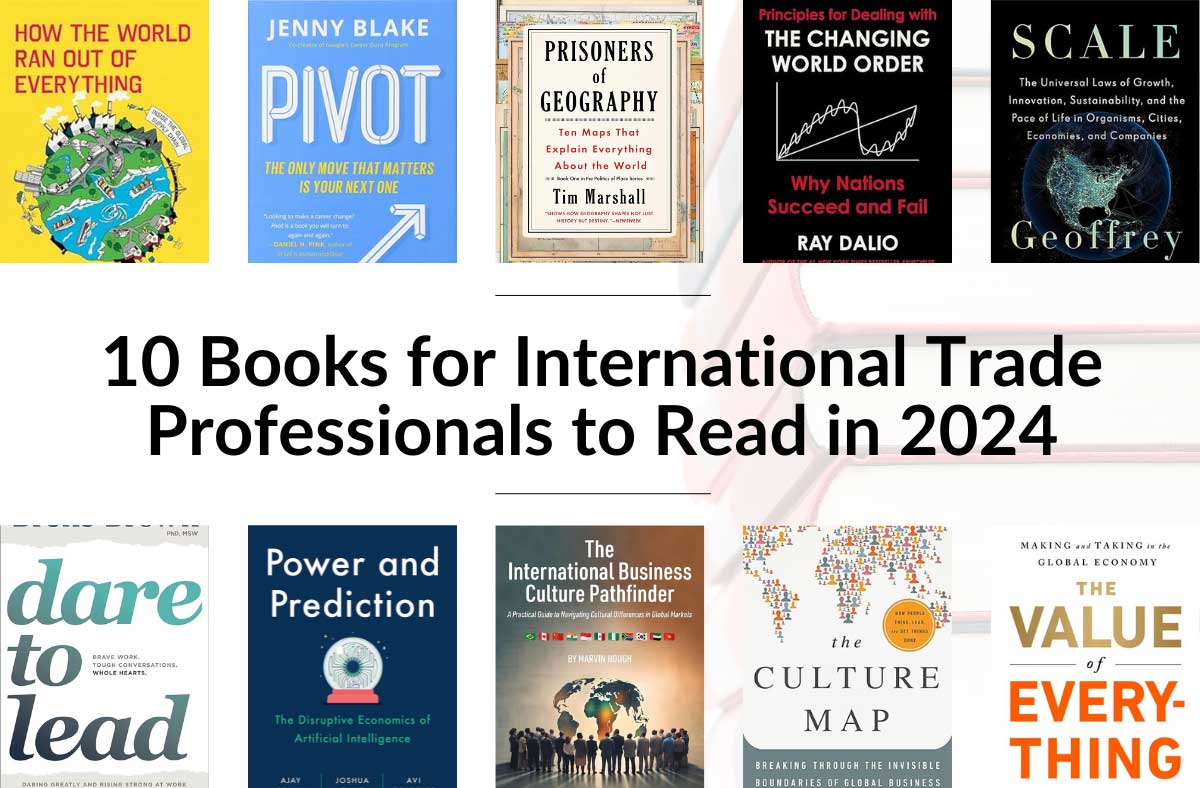 Companies decide to form strategic global business alliances for many reasons.
Companies decide to form strategic global business alliances for many reasons.
One of the most important reasons is to gain access to another company’s knowledge or resources.
Companies can also decide to join forces to develop new products or to enter a market that neither could enter alone.
Other reasons for developing strategic alliances include the following:
- Forming economies of scale
- Enhancing competitiveness
- Dividing risks
- Setting new standards for technology
- Entering new markets
- Overcoming the competition in a market
Acquiring new skills and resources
Often, when companies co-operate on a project, they exchange skills that are not for sale. Typically, one partner possesses technological expertise and the ability to keep abreast of rapidly evolving technological developments. What that partner needs from the other partner or partners is capital, large distribution systems, marketing expertise, service networks and credibility in the marketplace.
Each partner therefore provides the other with vital resources and uses the partnership to extend its skill set into new areas.
1. Forming economies of sale
Partnerships can generate economies of scale that will enable the participating companies to marshal a broad set of resources and achieve the critical mass needed for international success.
Companies with complementary skills can rely on each other’s proven expertise instead of spending time and resources to independently develop what has already been achieved.
2. Enhancing competitiveness
Many international trade projects require expertise from different fields. Traditionally, companies have tried to develop or maintain all the required skills in-house. However, as technological and administrative complexity increases, companies are learning that they cannot do everything by themselves. As a result, the most competitive corporations are adopting a strategy of maintaining their core competencies only.
Gaps in the skill bases are then filled by partnering with a company that has the missing skills. This strategy avoids the need to expend resources and run the risks associated with developing the skills in-house.

3. Dividing global business risks
Risk sharing through partnering is most often seen in research and development areas. Research and development costs are always increasing and the speed of innovation means that products rapidly become outdated and the risks of investing in developing new products are high.
Sharing research and development costs and facilities provides good value for money, while sharing expertise can speed up the process.
Partnering can be used to share risk in other areas as well. For example, companies can share transportation and distribution systems, which saves money and enables faster delivery of the product.
Joint marketing is another way of spreading risk and increasing returns. It is now extremely common for film producers, book publishers, toy manufacturers and fast food outlet owners to co-operate in parallel promotional campaigns that spread the risk involved in new ventures, reinforce each other and maximize returns to each of the participants.
4. Setting new standards
The development of new technologies creates entirely new market opportunities. The first company to create a new technology might set the standards for its industry simply because it is the first.
However, several competitors might develop similar technologies at about the same time. It is very difficult to predict whose technology will set the standard for the industry, so trying to be the first into the market with a new technology can be very risky.
Forming alliances is one approach to establishing standards in an industry.
It also increases the chances that the standards a company invests in will be accepted throughout the industry. Standards make markets, and for this reason, many high technology companies cannot afford not to be involved in some sort of alliance, consortium or other co-operative effort.
5. Entering new foreign markets
Strategic global business alliances are effective ways of entering new foreign markets. Partners can provide established marketing and distribution systems, as well as knowledge of the markets they serve, ensuring that products get to market faster and are more likely to be purchased.
Foreign partners can advise a company on how to modify a product to meet local regulations and market preferences.
They can help with such issues as translation of documentation, conversion from metric to imperial measures, conversion of power requirements and compliance with packaging regulations.
Strategic alliances can also be useful when market conditions or government policies present market entry barriers. Partnering with a local company can help overcome these barriers.
6. Overcoming competition
Companies often co-operate in marketing or distribution to overcome competition.
A well-conceived alliance can mean a head start in a market, possibly even preventing other competitors from entering.
Forming an alliance with an established, major company can reduce the influence of other companies. However, companies should be careful that alliances do not form a cartel or otherwise breach anti-competition laws in the target market.








disqus comments